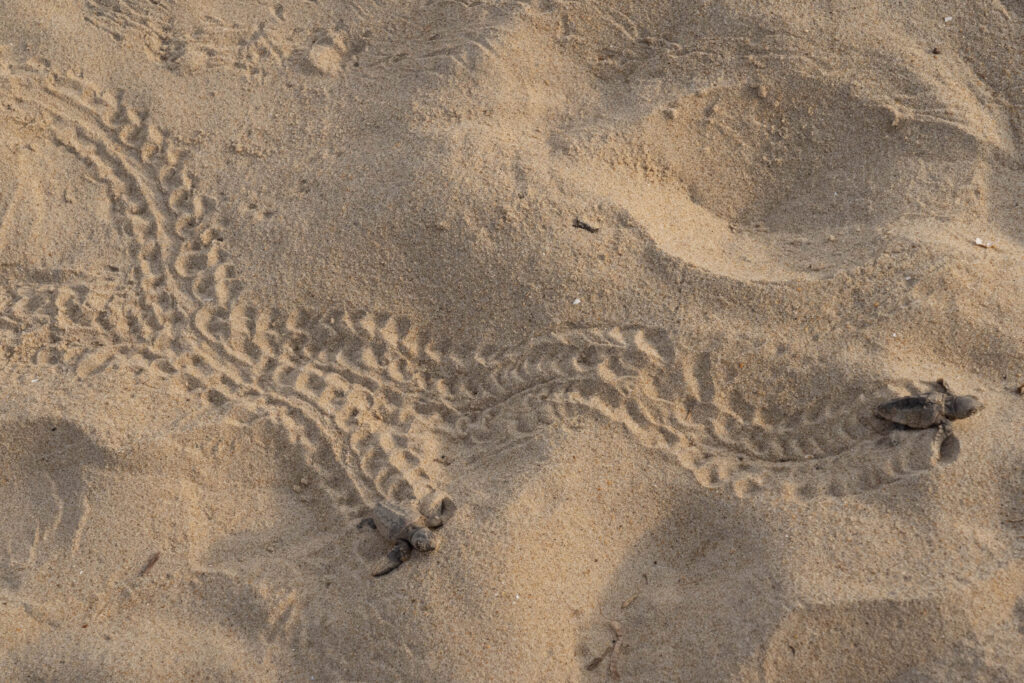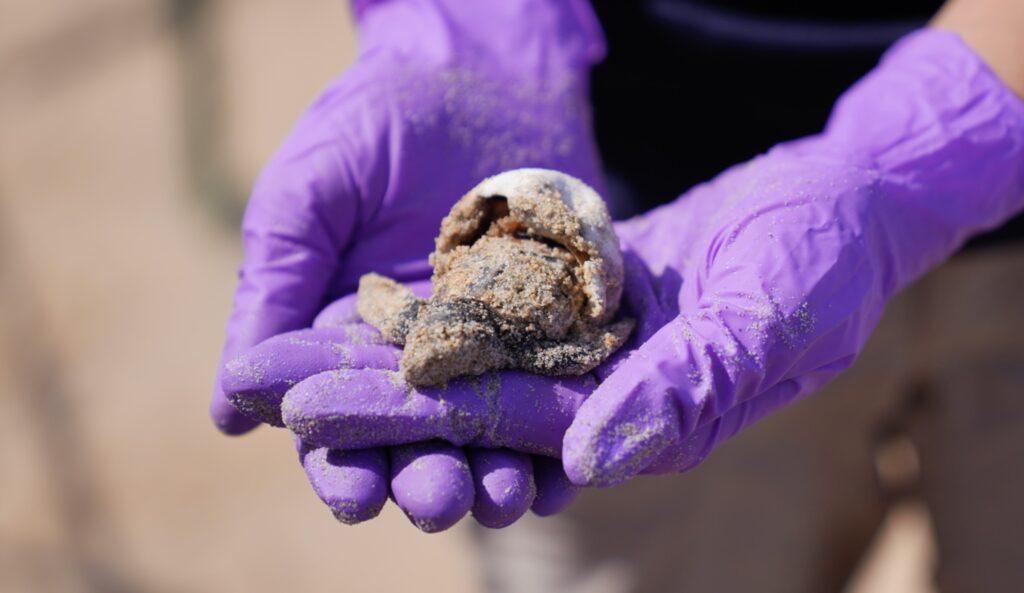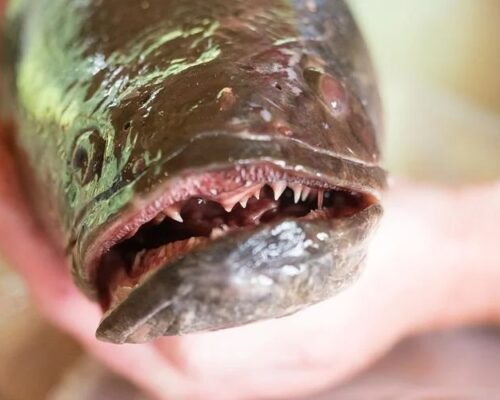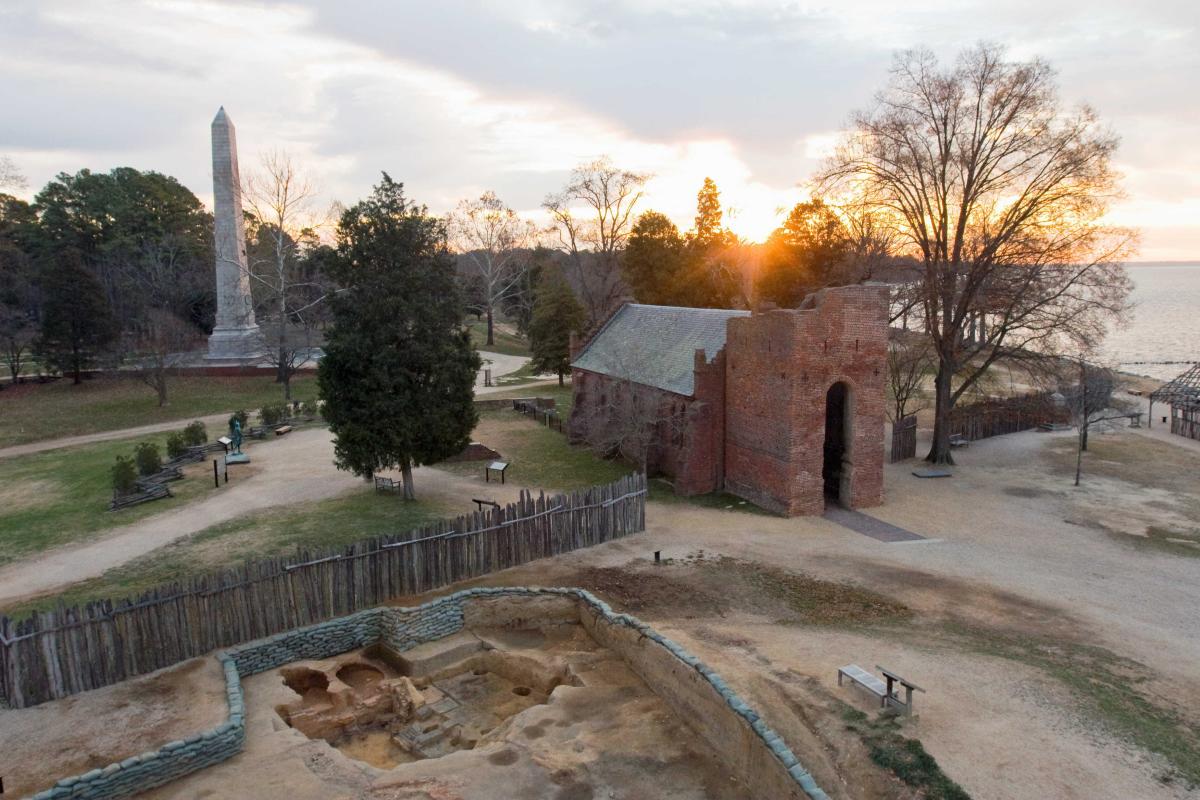When a sea turtle nest was discovered in Virginia Beach’s North End this summer, Virginia Aquarium volunteers patiently camped out night after night to make sure they hatched and made it to the water safely. In late August the patient volunteers were rewarded as 63 live hatchlings made their way into the Atlantic.
An aquarium volunteer first found the nest during a routine beach check on June 23. It was identified as a loggerhead’s nest because of the markings left in the sand. The North End beach is residential and quieter than some of the more touristy areas, making it a good pick for a mother loggerhead to lay her eggs.

Still, the Virginia Aquarium & Marine Science Center’s Stranding Response Team carefully relocated the nest in the dunes where the eggs would be better protected from tide. A sign and protective fencing were put up to make sure the nest remained undisturbed.
After 90 days (the average time it takes for turtles’ nests to hatch), volunteers began waiting at the nest every night. When hatching began, they notified the Stranding Response team—the only organization in Virginia who is permitted to handle these nests.
Loggerhead turtles are listed as an endangered species, as their numbers have shrunk from several million to 50,000 across the world’s oceans.
The loggerheads at North End resulted in 63 hatchlings emerging from Aug. 26-31 and making it safely to the water. A presumed 16 additional turtles hatched when no volunteers were present. On Sept. 1, the Stranding Response team conducted a nest excavation, where they found some unfertilized eggs and one unhatched egg with a live turtle who later hatched and was released after dark to join its siblings.
The Virginia Department of Wildlife Resources uses the excavation data for research on nesting sea turtles in Virginia. Multiple sea turtle nests have been found on the Virginia Beach coast this summer between Dam Neck Beach, Sandbridge and North End.
-Meg Walburn Viviano




